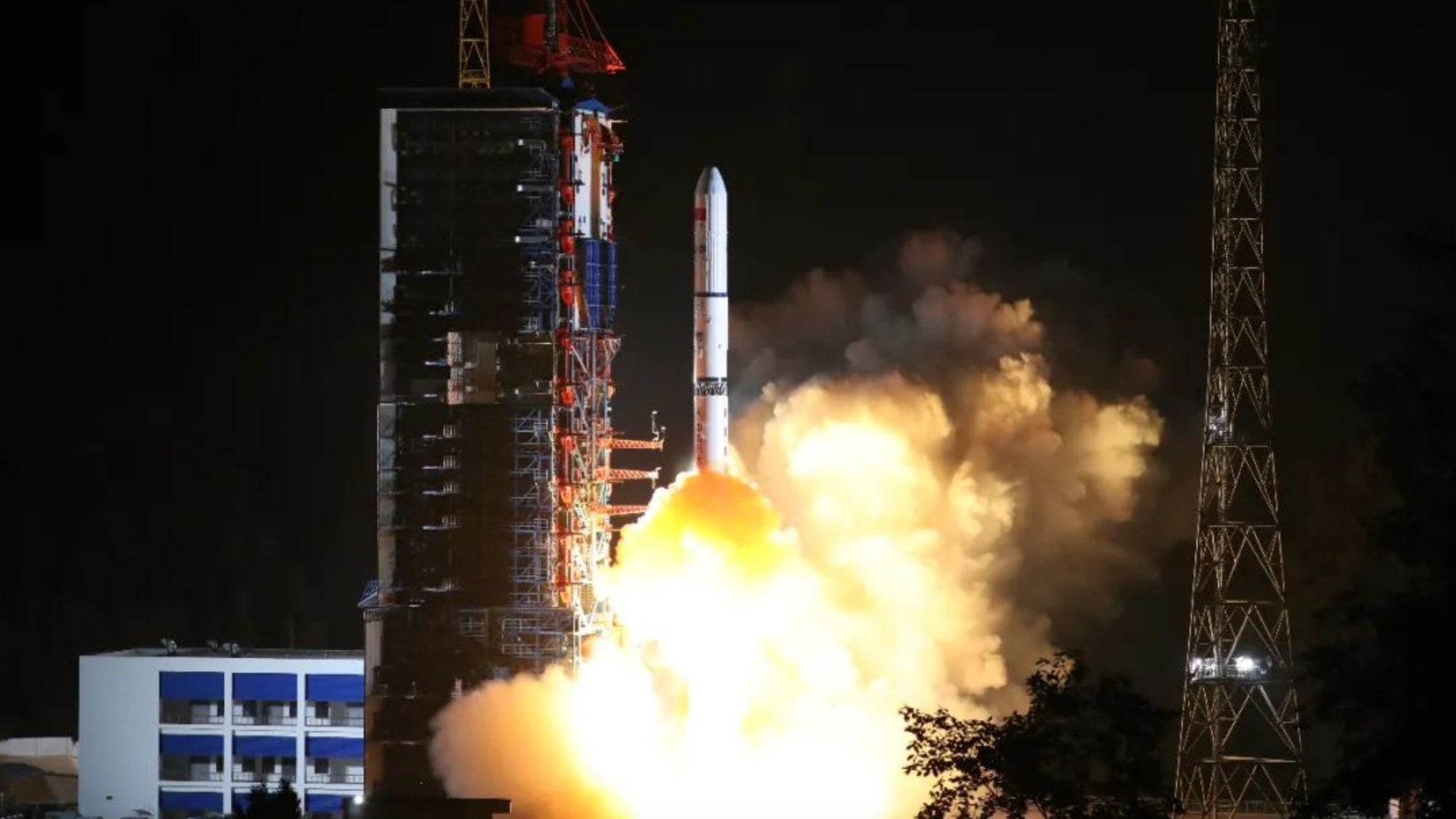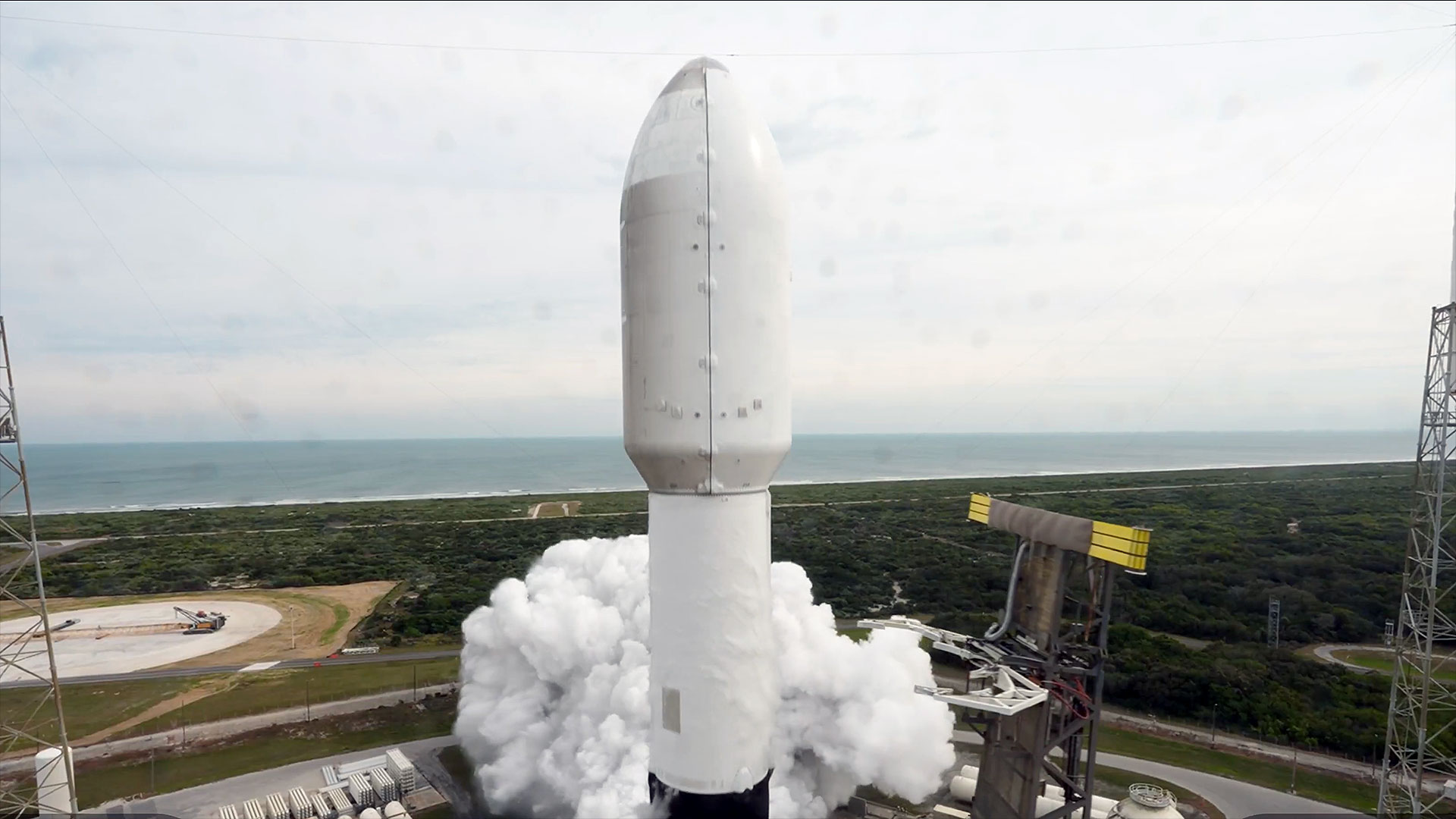China to debut new Long March rockets in 2024
The country is expanding its new generation of rockets for greater access to space.

China will debut several new Long March rockets this year to boost its options for space launches.
Two major rocket-making academies under the China Aerospace Science and Technology Science (CASC) are set to give test flights to new rockets.
The Long March 6C is a new variant of the existing Long March 6A, which is China's only rocket using a liquid propellant core with solid-fueled side boosters. The rocket will launch from Taiyuan Satellite Launch Center in north China at some point during the first half of the year.
Related: China's Long March rocket family: History and photos
"The Long March 6C is about 43 meters [141 feet] long. With its three liquid oxygen-kerosene engines, it will be used in launch missions with a mass of 2,000 kilograms [4,400 pounds], which will help it enhance its capacity for high-frequency launch missions," Yu Yansheng, a rocket expert from the Shanghai Academy of Spaceflight Technology (SAST), under CASC, told China Central Television (CCTV).
SAST is also preparing to debut another, more powerful rocket — the Long March 12. The two-stage, kerosene-fueled Long March 12 will be capable of carrying 22,040 pounds (10,000 kg) of payload to low Earth orbit or 13,200 pounds (6,000 kg) to sun-synchronous orbit, boosting China's options for launching satellite constellations.
The Long March 12 will launch from a new commercial launch site at Wenchang, near China's national coastal Wenchang spaceport. It will be China's first launch vehicle with a diameter of 12.4 feet (3.8 m). This means it can be transported over land by rail. China's largest-diameter rocket, the Long March 5, at 16.4 feet (5.0 m), needs to be transported by sea.
Breaking space news, the latest updates on rocket launches, skywatching events and more!
China has a range of Long March rockets. The first, the Long March 1, flew for the first time in 1970. The Long March 2, 3 and 4 series rockets are older launch vehicles using toxic, hypergolic propellants.
Newer rocket series using kerosene and liquid hydrogen fuels, such as the Long March 5, 6, 7 and 8, began to be introduced in the 2010s. These are expected to eventually replace the older members of the family.
Additionally, CASC will launch a modified version of its new Long March 8 rocket this year.
"The structure efficiency of the thrust and the payload capacity have been greatly improved on the basis of the Long March 8," Shao Yetao, rocket chief designer with CASC's China Academy of Launch Vehicle Technology (CALT), told CCTV. The rocket could be used for a range of multi-satellite, commercial and rideshare missions. It will also launch from Wenchang's commercial spaceport.
CASC is also developing the super heavy-lift Long March 9 and Long March 10 rockets for large space infrastructure and crewed moon missions, respectively.
The state-owned space and defense giant CASC recently stated that China aims to launch around 100 missions this year. Around 70 of these will be conducted by CASC, including an ambitious lunar far side sample return mission. The rest will be carried out by China's commercial launch service providers.

Andrew is a freelance space journalist with a focus on reporting on China's rapidly growing space sector. He began writing for Space.com in 2019 and writes for SpaceNews, IEEE Spectrum, National Geographic, Sky & Telescope, New Scientist and others. Andrew first caught the space bug when, as a youngster, he saw Voyager images of other worlds in our solar system for the first time. Away from space, Andrew enjoys trail running in the forests of Finland. You can follow him on Twitter @AJ_FI.
